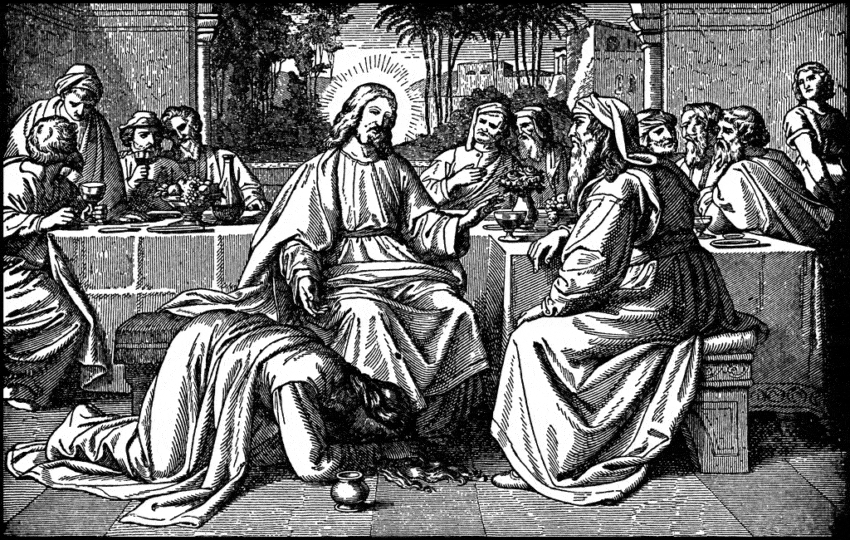
This is part three of a series about names in Scripture
Last time we looked at how the gospels use names as a way of footnoting their sources and noted that some characters are left unnamed in some gospels but named in others.
For example: Peter and Malchus. All four gospels tell of a disciple cutting off the ear of the high priest’s servant, but only John tells us the disciple was Peter and that the servant was named Malchus. There may be a number of reasons for obscuring Peter’s name. It could be to protect him from the law. Malchus was, after all, regarded as property in the ancient Roman world and an attack on the property of an important figure like the high priest could have resulted in Peter’s arrest.
Matthew and Luke appear to use Mark as their source for this story (though Luke appears
to have other sources as well) and may have followed Mark out of deference to him, though it is unlikely that they did not know Peter was the disciple.
But John follows a different stream of tradition, though still based on eyewitness memories.
John was not only present for the arrest of Jesus and the assault on Malchus, but is one who was “known to the high priest” (John 18:15).
Many people are surprised by this, assuming all the disciples were uneducated. But John’s gospel shows a high degree of literary skill and there is every reason to believe that John had been educated in Jerusalem and therefore knew not only the high priests Annas and Caiaphas, but was familiar with their households—including slaves such as Malchus. That may be the simplest explanation for why John knows his name.
As to why John tells us Peter’s name? Probably because Peter is dead and need not fear the law’s wrath any further.
Another interesting figure is Mary of Bethany, the woman who anointed Jesus with expensive nard. Every gospel records this incident and there is no doubt that it only occurred one time, in Bethany, a little village near Jerusalem. Certain details make this clear. The ointment was extremely expensive. The woman is rebuked for wasting it on Jesus instead of selling it to give to the poor.
Jesus remarks that she has done it in anticipation of his burial. In addition, two gospels—Mark and Matthew–mark out the uniqueness of the gesture by recording Jesus’ comment that “Truly I tell you, wherever the gospel is preached throughout the world, what she
has done will also be told, in memory of her”.
Clearly then, there are not a bunch of women running around anointing Jesus with expensive ointment. There was only one and the early Church has a divine command to preserve her memory forever—yet Matthew, Mark, and Luke do not name her. Not till John, the last gospel, is her name—Mary of Bethany—recorded. And when it is, John is so certain his audience knows who she is that he introduces Lazarus by saying he was the sister of Mary of Bethany and “It was Mary who anointed the Lord with ointment and wiped his feet with her hair” (John 11:2).
That is a full chapter before he gets around to telling the story of the anointing. In short,
everybody already knew who she was. So why would the synoptics not name her?
Very likely for reasons similar to the obscuring of Peter’s name: to protect her. John notes that one of the effects of the raising of Lazarus was to prompt some to want to kill Lazarus (John 12:10). It is not hard to suppose that Mary might also be in danger in such circumstances as a close relative of Lazarus living so close to Jerusalem.
One final note: speaking of Lazarus, it is a curious fact that only one of Jesus’ parables contains a character with a name: the Parable of Lazarus and the Rich Man (Luke 16:19-31), in which the moral is that if they will not believe Scripture, they will not believe though one rose from the dead.
We know that Jesus sometimes made references to current events in his preaching: the death of John the Baptist, the collapse of a tower, Pilate’s murder of some Galileans. I think this parable is a wry comment on the unbelief of his contemporaries that was likely told at the celebration after the raising of Lazarus. He names his fictional character after the real Lazarus to drive the point home.
Once again, it makes the gospels come to life as living memories.
Related:
Mark Shea: What’s in a Name?
Mark Shea: Names in the Gospels
